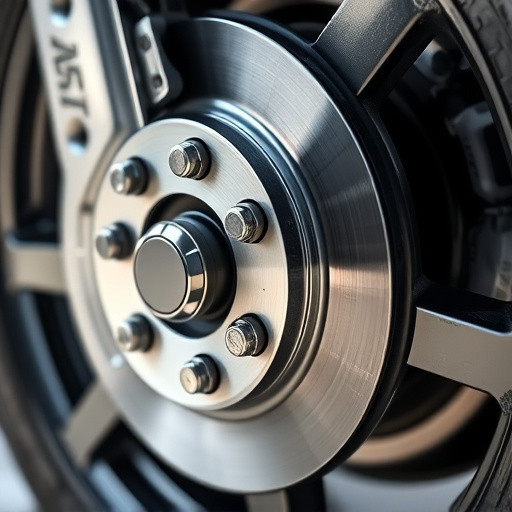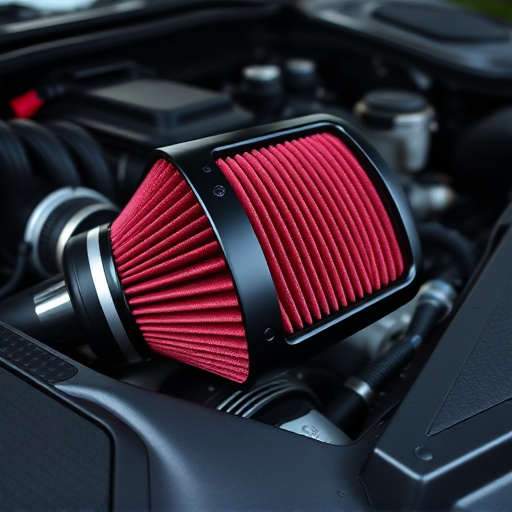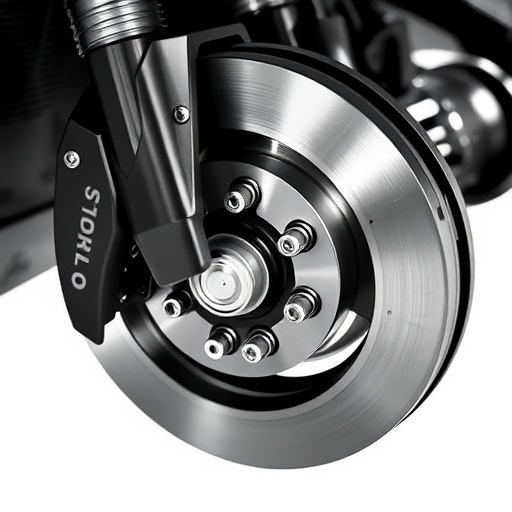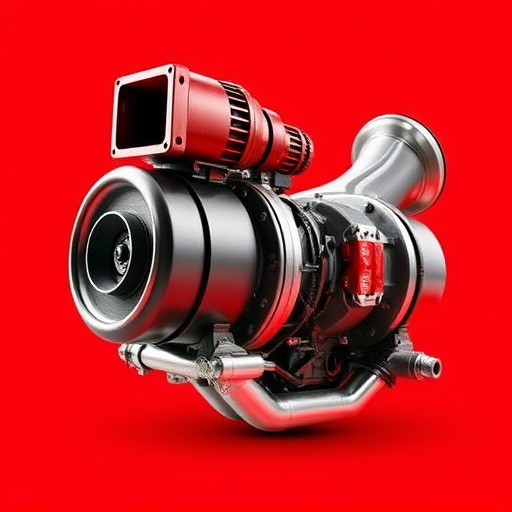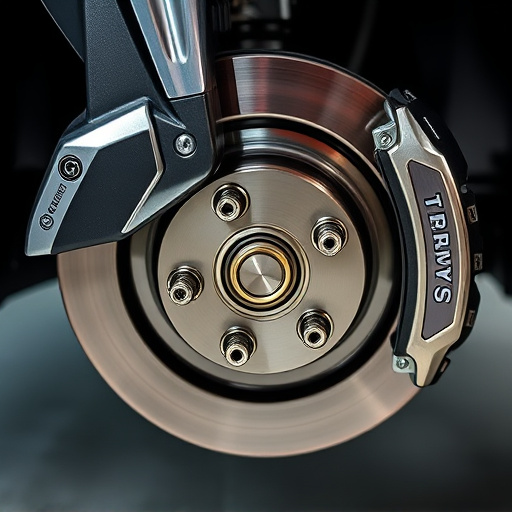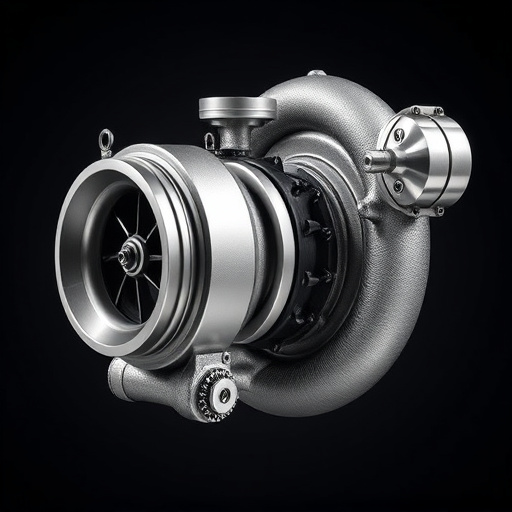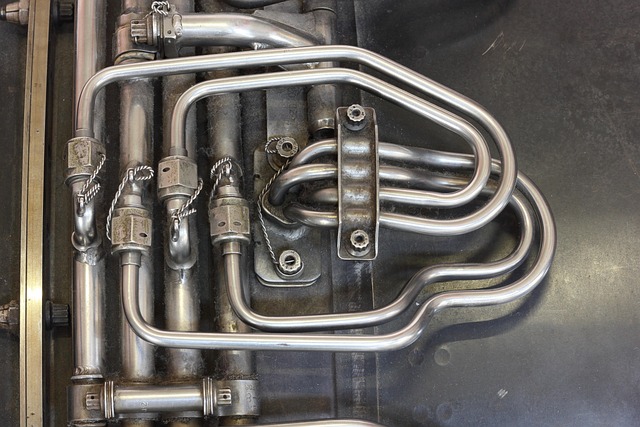The brake master cylinder is a critical component of a vehicle's braking system, transmitting force from the pedal to brakes for controlled deceleration. Regular maintenance and visual/sound checks are essential to identify leaks, damage, or improper installations that affect performance. Adjusting hydraulic pressure, fluid levels, and aligning components ensures equal braking force across all wheels, enhancing safety and prolonging brake system lifespan.
Maintaining proper balance in your vehicle’s brake master cylinder is paramount for safe and efficient braking. This comprehensive guide delves into the intricacies of the brake master cylinder, its crucial role in your car’s stopping system, and provides step-by-step techniques to diagnose and rectify any imbalances. By understanding how it functions and employing effective adjusting methods, you’ll ensure optimal performance and enhanced safety on every journey.
- Understanding Brake Master Cylinder Function
- Diagnosing Imbalance in the System
- Adjusting and Balancing Techniques for Optimal Performance
Understanding Brake Master Cylinder Function
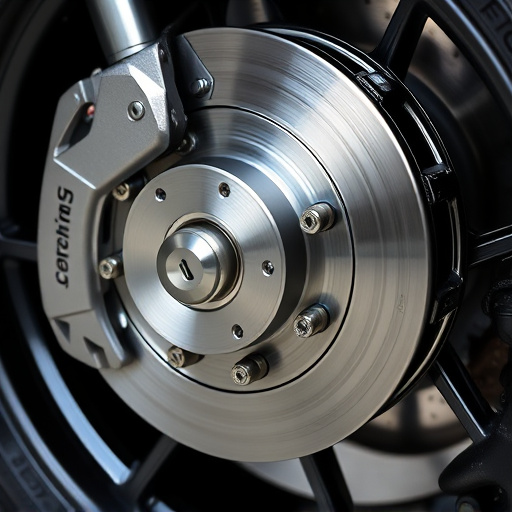
The brake master cylinder is a critical component in any vehicle’s braking system. Its primary function is to transmit force from the driver’s brake pedal to the brakes, enabling controlled deceleration. It acts as the powerhouse behind your car’s stopping ability, working in tandem with various other parts like brake rotors and calipers to safely reduce vehicle speed or bring it to a complete stop.
Understanding how this cylinder operates is essential for maintaining optimal brake performance. When you press the brake pedal, hydraulic fluid within the master cylinder is pressured, which activates the brakes at each wheel. This process ensures smooth and efficient braking, allowing drivers to navigate turns, stop at traffic lights, or come to a halt quickly and safely. Proper maintenance of the brake master cylinder, including regular checks for leaks and wear, is crucial to guarantee the overall health of your vehicle’s air intake systems and muffler tips, ensuring optimal performance and safety during every drive.
Diagnosing Imbalance in the System
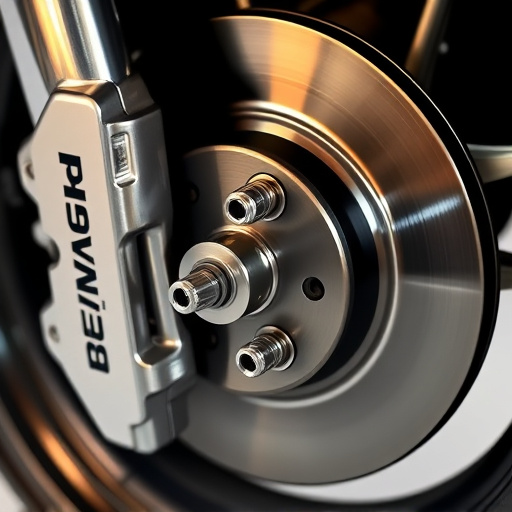
Diagnosing an imbalance in your brake system is a crucial step before attempting to balance the brake master cylinder. One common sign of an imbalance is uneven braking performance, where one side of the vehicle feels softer or responds differently than the other. This can manifest as varying stop times or distances, indicating that the brakes are not distributing pressure evenly.
Additionally, visual inspections and sound checks can help identify issues. Look for leaks or damage to the brake lines, calipers, or pads, which could disrupt fluid flow. Exhaust tips or a cat-back exhaust system, while unrelated, might produce unusual noises if they’re poorly installed, adding to the overall braking experience. Similarly, suspension kits, if not properly aligned, can cause vibrations or handling issues that indirectly affect brake performance and perception of imbalance.
Adjusting and Balancing Techniques for Optimal Performance
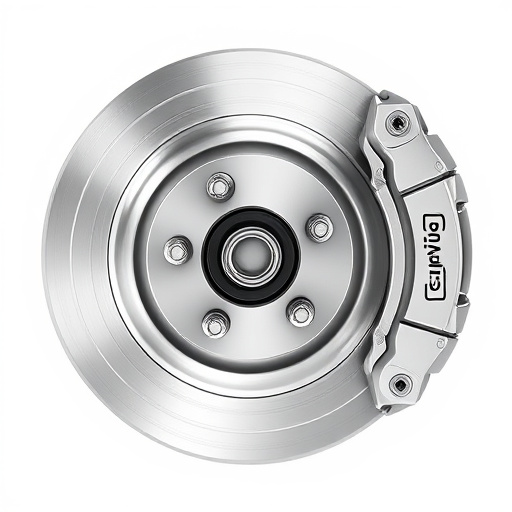
Adjusting and balancing the brake master cylinder is a critical step to ensure optimal vehicle performance. To achieve this, mechanics often employ techniques that include checking and adjusting the hydraulic pressure within the system. The goal is to maintain equal braking force across all wheels, which can be accomplished by inspecting the brake fluid levels and ensuring they’re at the recommended mark. This initial balance sets the foundation for a refined driving experience.
Furthermore, balancing involves careful consideration of the interaction between the brake master cylinder, brake rotors, and suspension components. By aligning these elements precisely, you minimize wear and tear on braking systems, thereby enhancing vehicle safety and overall performance. This meticulous process not only prolongs the lifespan of critical parts but also ensures that each time you apply the brakes, they react uniformly, providing consistent and controlled stopping power.
Balancing a brake master cylinder is an essential step in ensuring your vehicle’s braking system operates at peak performance. By correctly diagnosing and adjusting the components, you can prevent uneven wear, enhance stopping power, and prolong the life of your brakes. Regular maintenance and awareness of any imbalances are key to keeping your vehicle safe and reliable on the road.


